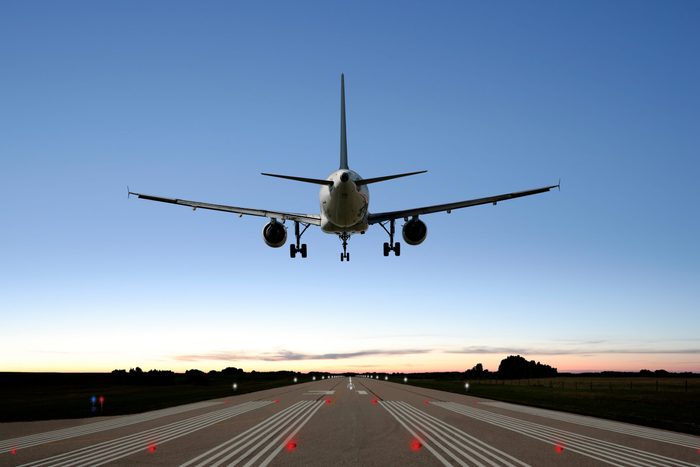
The future of flying
If the novel coronavirus pandemic has taught us anything, it’s probably that we don’t wash our hands enough and we touch way too much stuff—including our face. While much of everyday life will be changed forever because of COVID-19, here’s a look at how airplanes, the airline industry, and the act of flying to reach a destination may be irrevocably different. Meanwhile, these 13 everyday habits should change forever after coronavirus.
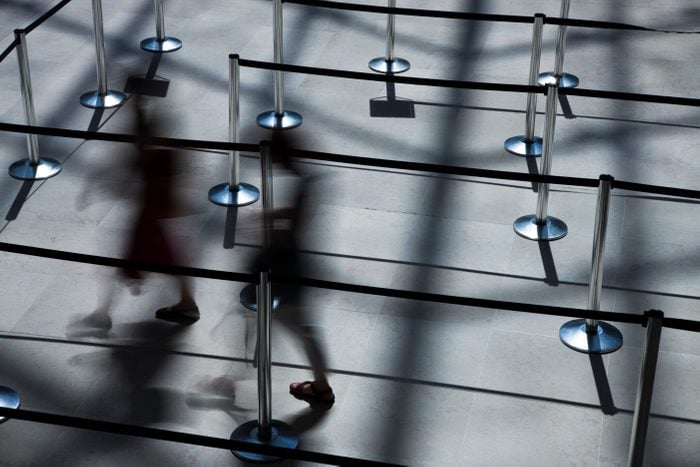
New protocols at security
Before you step on a plane, you’ll notice a few changes at security. The TSA recently announced new screening procedures that will be implemented starting in mid-June. These include social distancing while in line—there will be markers on the floor to remind travelers of the appropriate space to keep; placing your own boarding pass on to the boarding pass reader vs. handing it to the TSA agent to do so, and removing any food items from your carry on before it passes through the X-ray machine. TSA agents will be wearing masks and are asking passengers to as well. One bright spot is that the 3.4 oz liquid restriction is waived for hand sanitizer. Each passenger is allowed a 12 ounce bottle of it. Air travel isn’t the only thing changing—find out 10 things you won’t see in hotels anymore.
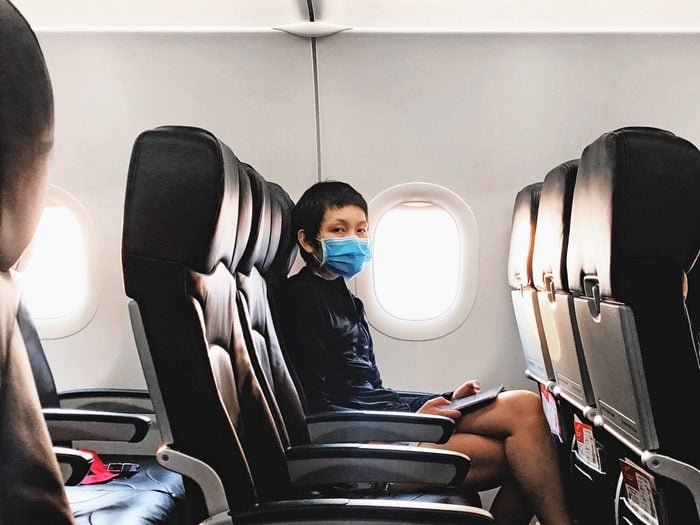
Social distancing in the sky
The gap on social distancing won’t be closed once we get the proverbial all-clear, aviation expert Henry Harteveldt of Atmosphere Research Group told Travel & Leisure. “Public health officials will still encourage social distancing and that airlines might continue blocking middle seats or limiting the number of people in premium cabins,” he says. You can also expect measures to be put in place for more space between passengers in line at check-in, at security, and to board planes.
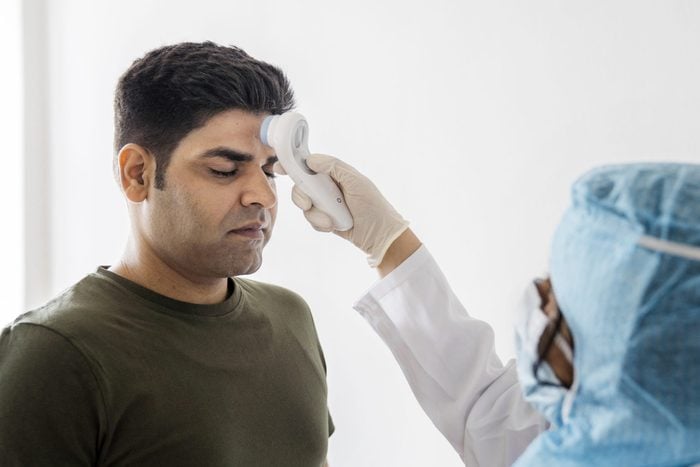
Proving your (good) health before flying
Emirates Airlines has begun administering COVID-19 blood tests on potential passengers before they’re allowed to board planes (results take ten minutes), reports The Points Guy. While it may not be blood tests here in the United States, it is likely that some kind of testing—contactless heart rate monitoring or a quick temperature check—will be required before boarding a plane in the future. This is the right way to germ-proof your plane seat.
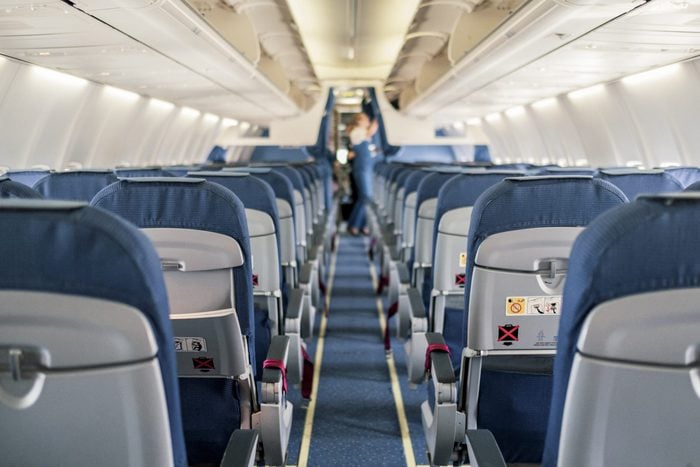
No more magazines
For fans of good travel writing, in-flight magazines were a reliable source of evocative storytelling and striking photography. Sadly, the novel coronavirus may cause those publications to go the way of the SkyMall catalog, as a way of reducing the potential spread of bacteria and viruses. “Magazines and other print reading material are no longer being made available,” while food and beverages will still be served, “packaging and presentation will be modified to reduce contact during meal service and minimize [the] risk of interaction,” according to Stuff.
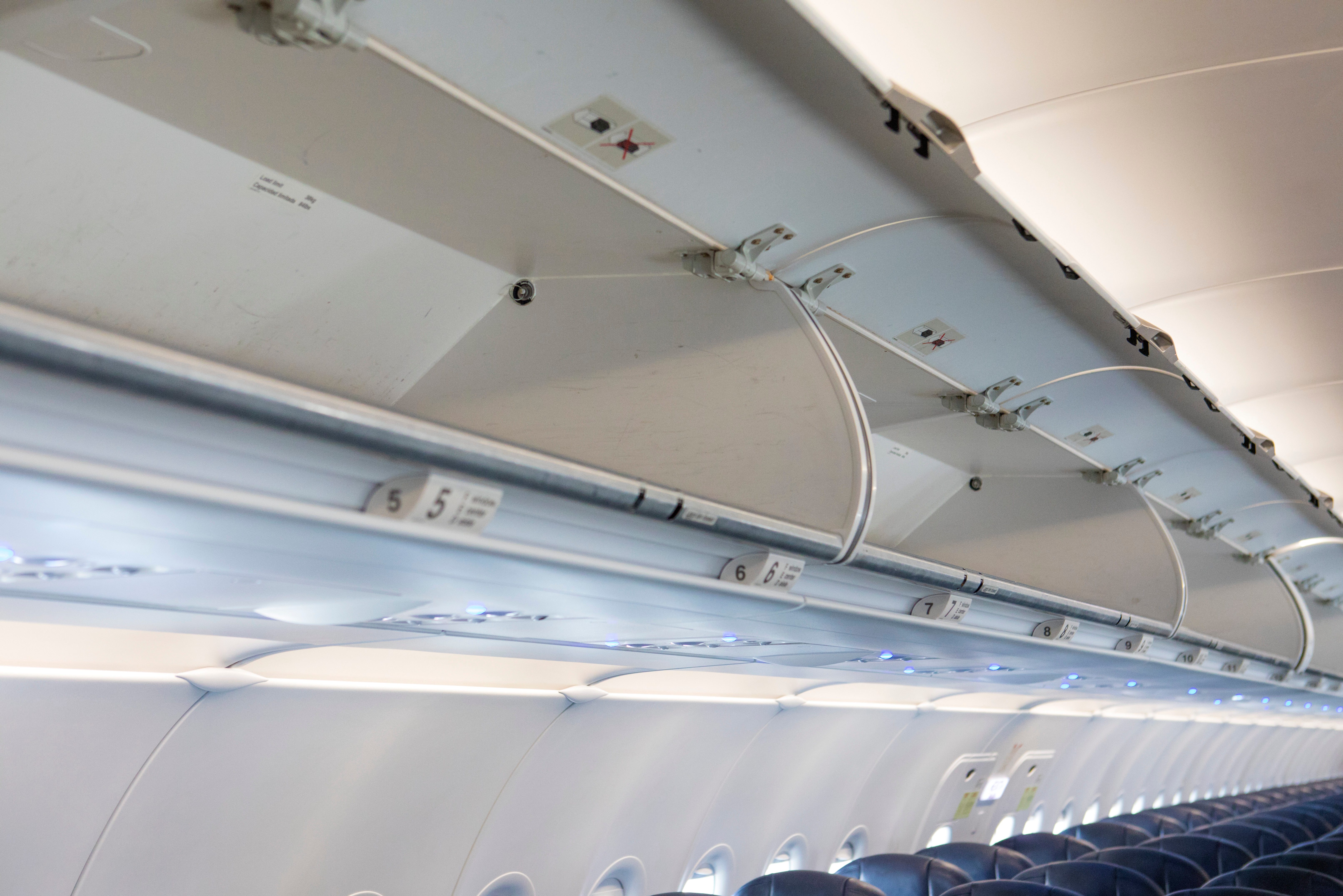
No more carry on bags
Another already-implemented change on Emirates airlines that we could expect to see carried forward, even after the curve on coronavirus has been more or less flattened globally, is that large carry-on suitcases may not be permitted onboard planes. Fear not, business travelers and parents of infants, carry-on items like laptops, handbags, briefcases, and baby items should still be allowed.
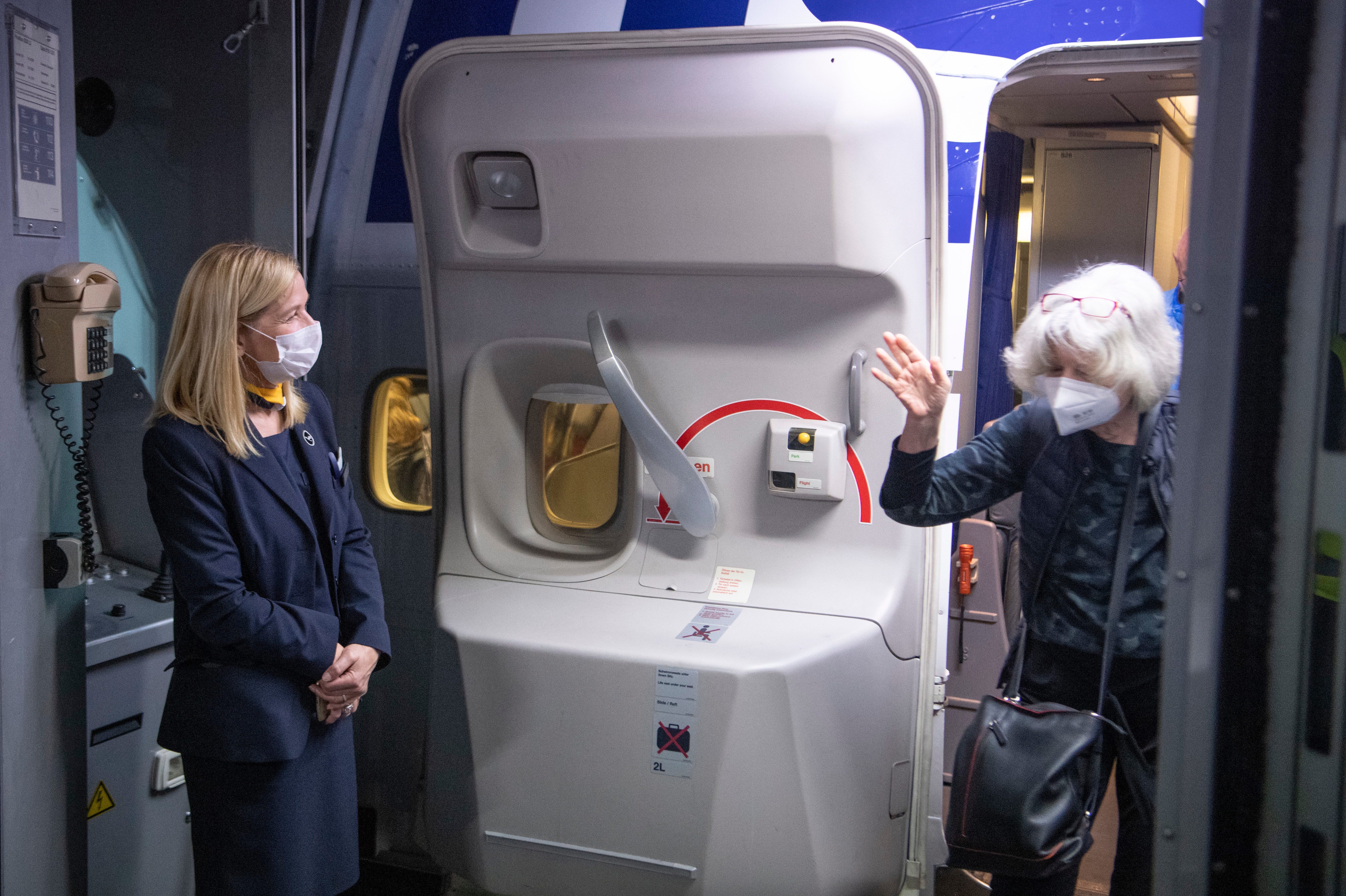
Masked fliers
Flight attendants will likely continue to wear masks and gloves and limiting onboard service to reduce interactions with passengers, including no longer serving meals, snacks, or beverages. All airline passengers on Southwest, Alaska Airlines, American, Delta, United, Frontier, and JetBlue, are now required to wear masks when traveling. This will be the most visible way that the coronavirus pandemic will change flying forever, or at least for the foreseeable future, especially as fears mount over COVID-19’s potentially deadlier second wave.
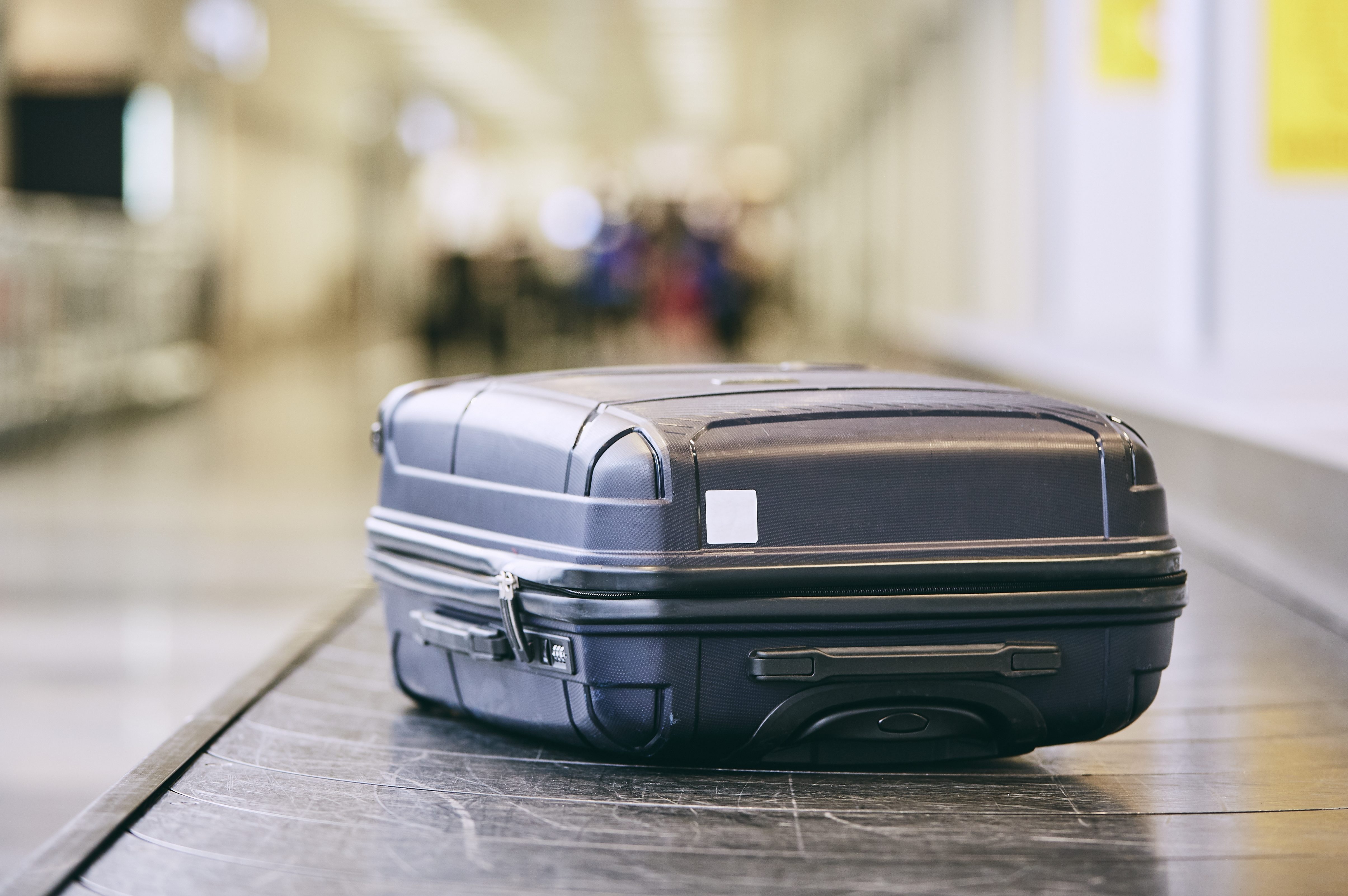
More fees to fly
With revenue plummeting, Dollar Flight Club expects that the airline industry as a whole will, “ramp up additional fees to get back to profitability.” That means higher fees for checked bags, as American Airlines recently implemented, higher fees to pick your own seat ahead of time, higher fees for premium seats in economy and elsewhere, and more. The site’s study shows, for example, airlines made a whopping $3.4 billion in 2011 by charging for checked baggage, while just four years earlier baggage fees netted airlines just $464 million in 2007.
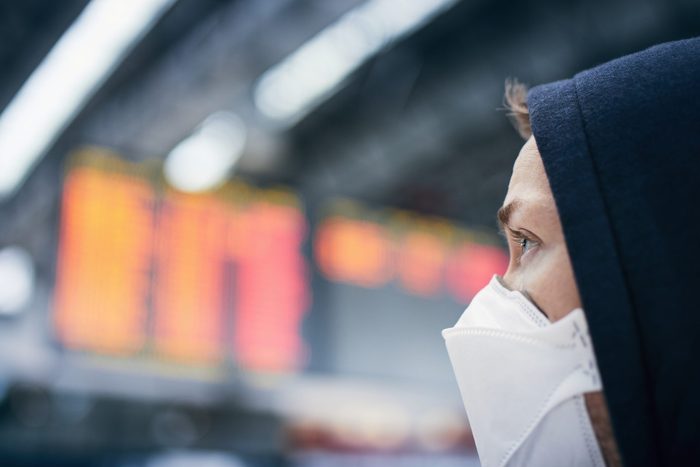
A new fear of flying
After this coronavirus pandemic, getting sick while flying may overtake heavy turbulence and a plane crash as the primary fear travelers have while onboard. While believing cabin air is laden with bacteria and viruses is one of the airplane myths you should stop believing, the air is dry, which can allow for germs to spread. As far as the likelihood of catching COVID-19 on a flight, “you’re at medium risk of infection if you’re seated in the immediate radius of a sick person—up to two seats in every direction (about six feet),” Popular Science reports. “Anywhere beyond that is considered low to very low risk.” Read these facts about flying to help you stay calm in the air.
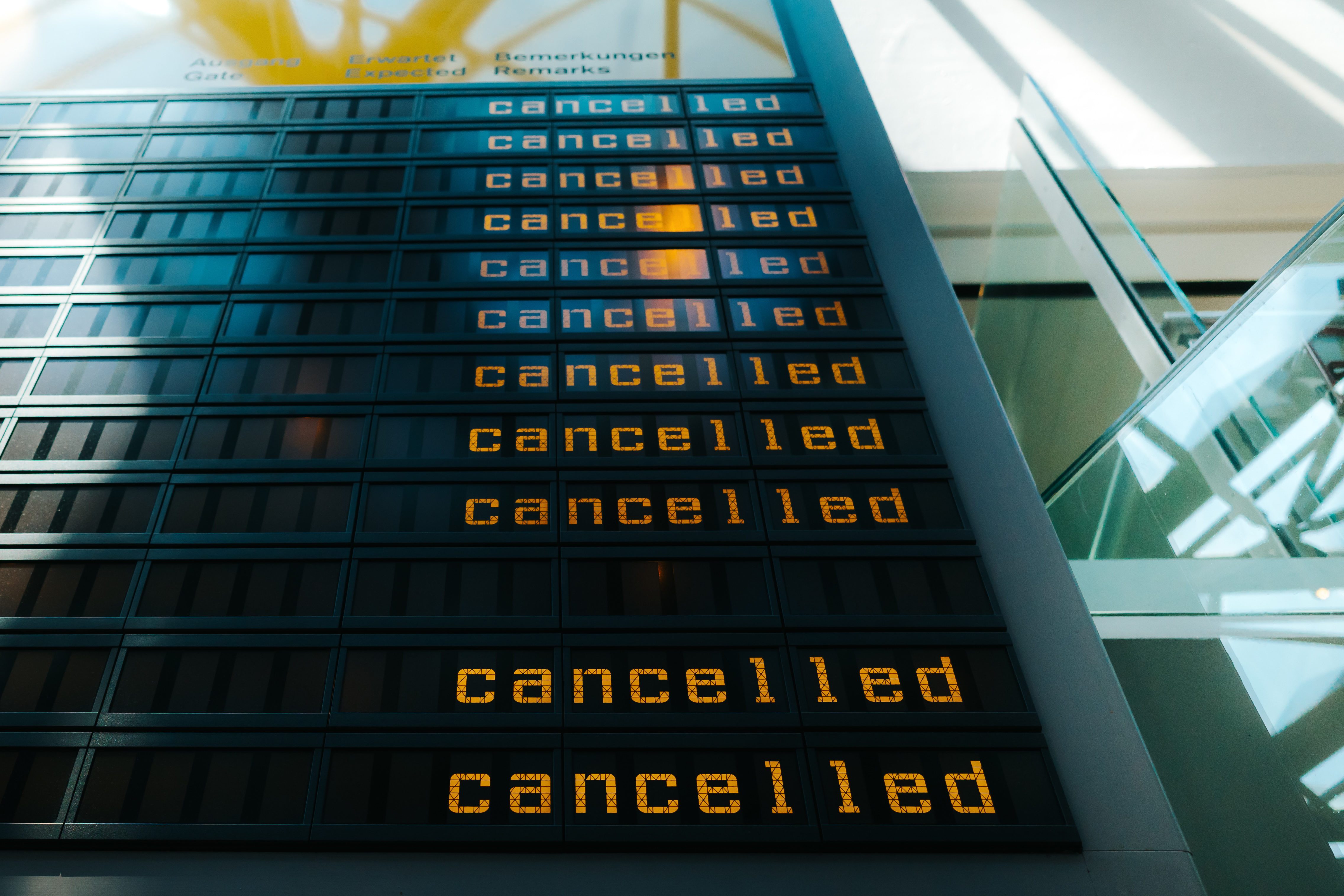
Travel insurance
Most travelers were able to cancel flights penalty-free during this round of coronavirus but the future of air travel likely means a surge in passengers saying “yes” to travel insurance to further safeguard against a COVID-19 second wave or another, completely new pandemic. Experts believe pandemics will be covered under travel insurance but still read the fine print before purchasing, according to The Points Guy. Here’s when travel insurance is—and isn’t—worth the price.
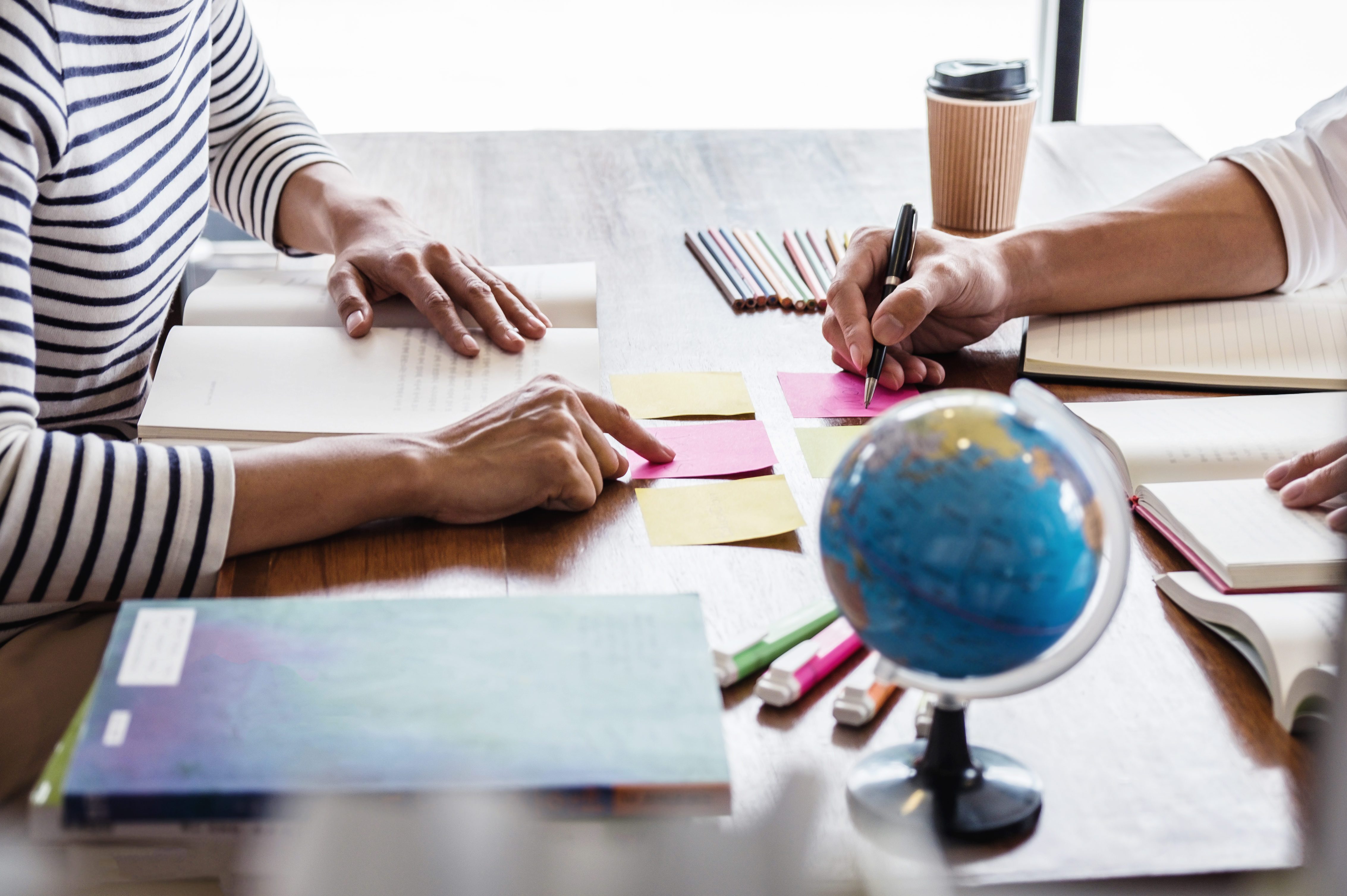
Don’t call it a comeback of travel agents
Because the legwork for booking flights and additional travel plans after the coronavirus pandemic will likely be more exhausting than ever, travel agents, who never faded away completely, could see a true renaissance. A trusted travel agent, a professional with years of booking experience and armed with detailed knowledge of future restrictions, lingering travel bans, and cancellation policies for hotel properties, cruises, and of course flights, may become in-demand again. Find out 14 times it pays off to use a travel agent.
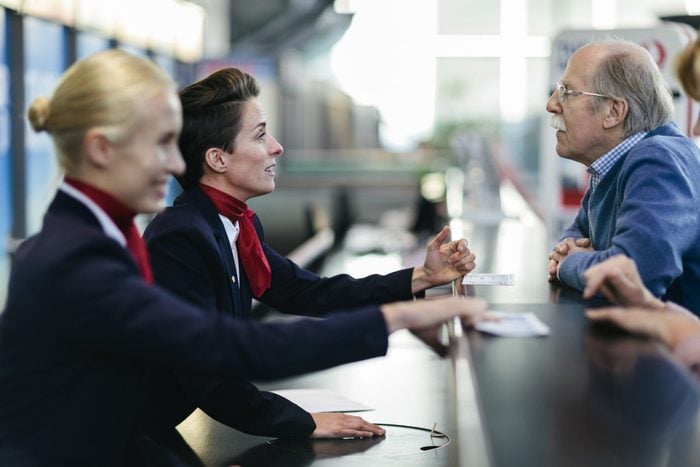
The future of flying is flexibility
Anyone who has ever booked a flight and then tried to alter it knows that the words “flexibility” and “flying,” do not often coexist. COVID-19 has changed all that, and the experts quoted in a recent Insider article believe that airlines may continue to offer increased flexibility with fares. While likely only temporary, airlines should, “adopt more lenient change and cancellation policies,” at least until demand makes a comeback, which may allow the more Draconian policies travelers all know and hate to return.
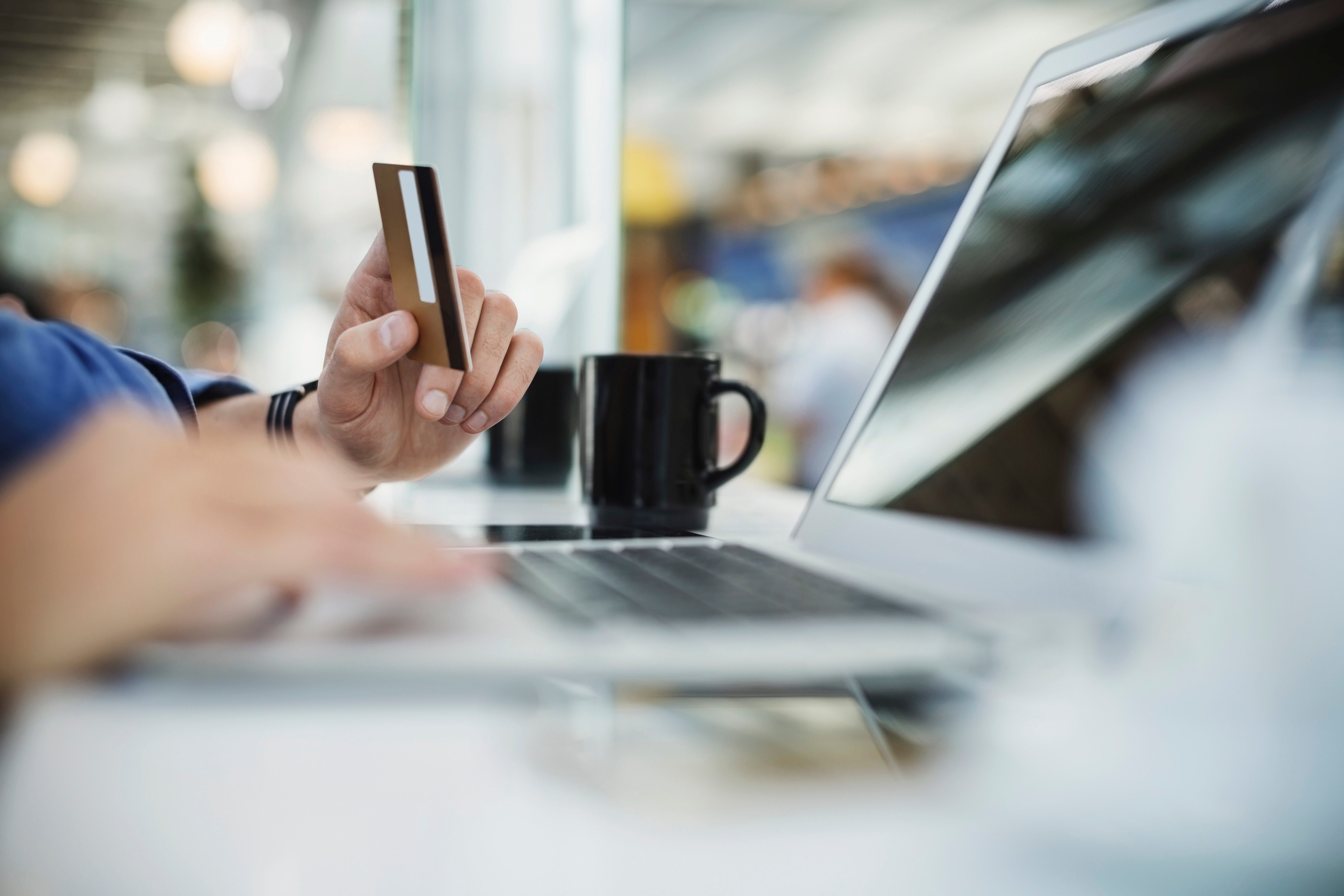
Price changes
On one hand, a hopeful traveler may expect lower prices because airlines should want to lure people back to the friendly skies. But with fewer planes, fewer routes, a smaller workforce, and a lack of business fliers paying a disproportionate share of the load because video conferences have become commonplace, travelers may get sticker shock when trying to get back into the groove of going on vacation. Dollar Flight Club’s research, based on impact on the airline industry after 9/11 and the Great Recession, indicates a 35 percent drop in fares through 2021 but long term, there will be a 27 percent increase, on average, in the cost to fly from then until 2025.
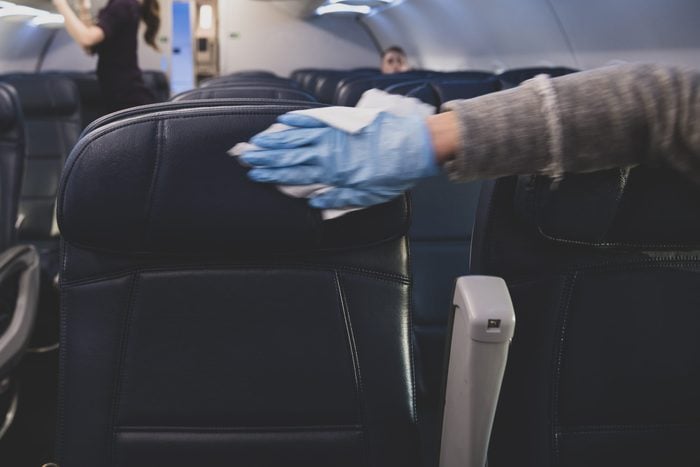
Cleanliness
No flier likes to wait for the cabin crew to clean the plane before boarding, especially when the flight is already behind schedule, but expect to learn to be more patient for a comprehensive wipe down of every surface on every plane in a post-coronavirus world. “Carriers are taking additional precautions to deeply sanitize areas that passengers repeatedly touch or where they sit, stand, or even breathe,” Conde Nast Traveler reports. “U.S. airlines, including Delta, American, JetBlue, Southwest, and United, say they are in close contact with health agencies such as the World Health Organization and the Centers for Disease Control, which this month published updated guidelines for cleaning an aircraft cabin during the outbreak.” It is expected that these rigorous cleanings will continue into the future, which, virus or not, has to be a positive thing.
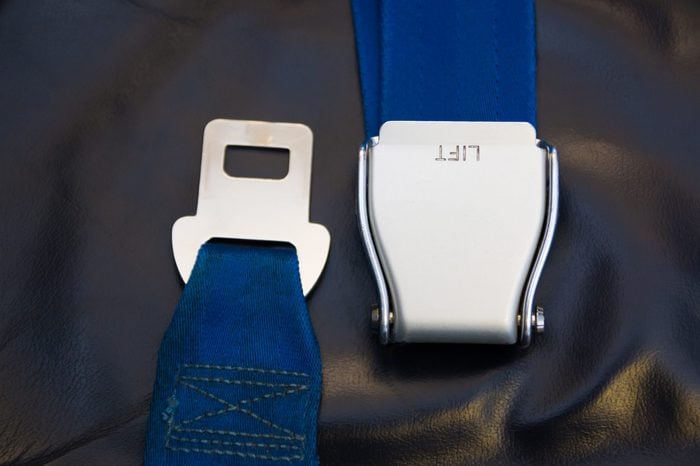
Flying backward and plastic shields
An Italian airplane seating company has unveiled a “radical economy class seating concept with germ-blocking physical barriers between fliers,” according to the Houston Chronicle. Should this idea someday fly, a traditional row of three airplane seats would be rearranged to have the aisle and window seats face looking forward in the direction of flight, but the dreaded middle would be facing the rear of the aircraft. “A wrap-around transparent barrier will envelope each passenger, providing a big plastic cocoon that protects from germs, bad breath, and fights for the armrest. The barrier curves around the aisle seat passenger too, giving him or her some extra protection from people walking up and down the airplane aisles,” the Houston Chronicle reports.
